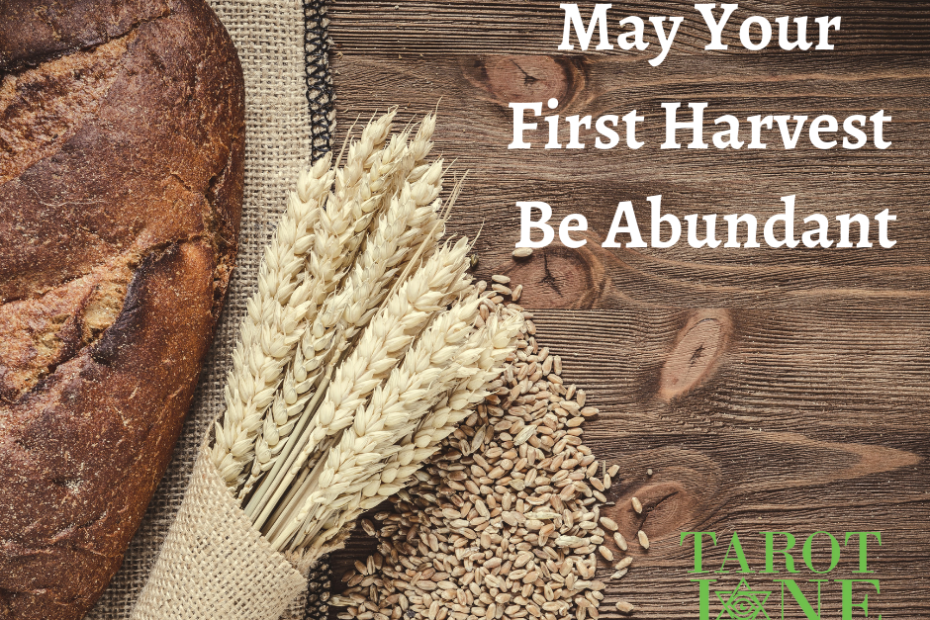Lammas or Loaf Mass Day, celebrated on August 1st, is a Christian holiday where loaves of bread made from the new grains are blessed. This first harvest festival celebrates the beginning of gathering the crops. The earliest berries and grains are ready in late summer.
John Barelycorn, a nickname for barley, was planted in the spring at Beltane or May Day and now has grown old. John Barelycorn Must Die is the folk ballad telling the tale of the grains planted, cut down and ultimately fermented into beer and whiskey. Often the original story and versions of this song were performed at this festival.
Before Christianity, the Celts honored the first harvest along with Lugh the Sun God near the first of August. In Modern Irish its name is Lúnasa or Lugh assembly. Myths surrounding Lugh say this festival is his wedding feast while others claim it as a funeral for his adopted mother. This mix of joy and sorrow was reflected in the ideas of a sacrificial king who died, like John Barleycorn, so the people could live.
Lammas is called a cross-quarter day as it falls halfway between the Summer Solstice and Fall Equinox, like Beltane falls between the Spring Equinox and Summer Solstice. The 8 holidays that include the solstices, equinoxes and cross-quarter days are celebrated in many forms throughout Western cultures. Some are celebrated on the day, like Beltaine on May 1st. Some are celebrated the night before like All Hallow’s Eve or Halloween celebrated after dark on October 31st for the cross-quarter day that comes 6 months after Beltane, November 1st. Occasionally the day of celebration has shifted a few days off the cross-quarter day. We celebrate the coming spring on Groundhog’s Day, February 2 instead of the actual cross quarter day of February 1st. The Solstice dates vary between the 20 to 23 of the month and are usually celebrated on the 24th and 25th. In June that’s Midsummer or St John’s Day and, of course, for the Winter Solstice we celebrate Christmas.
